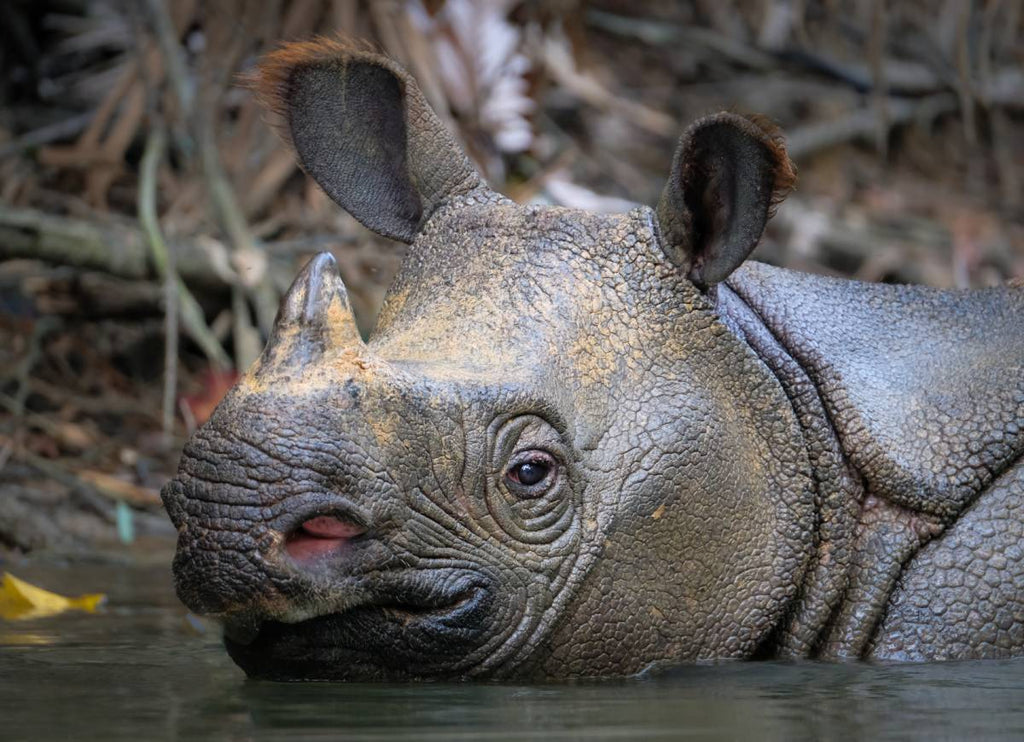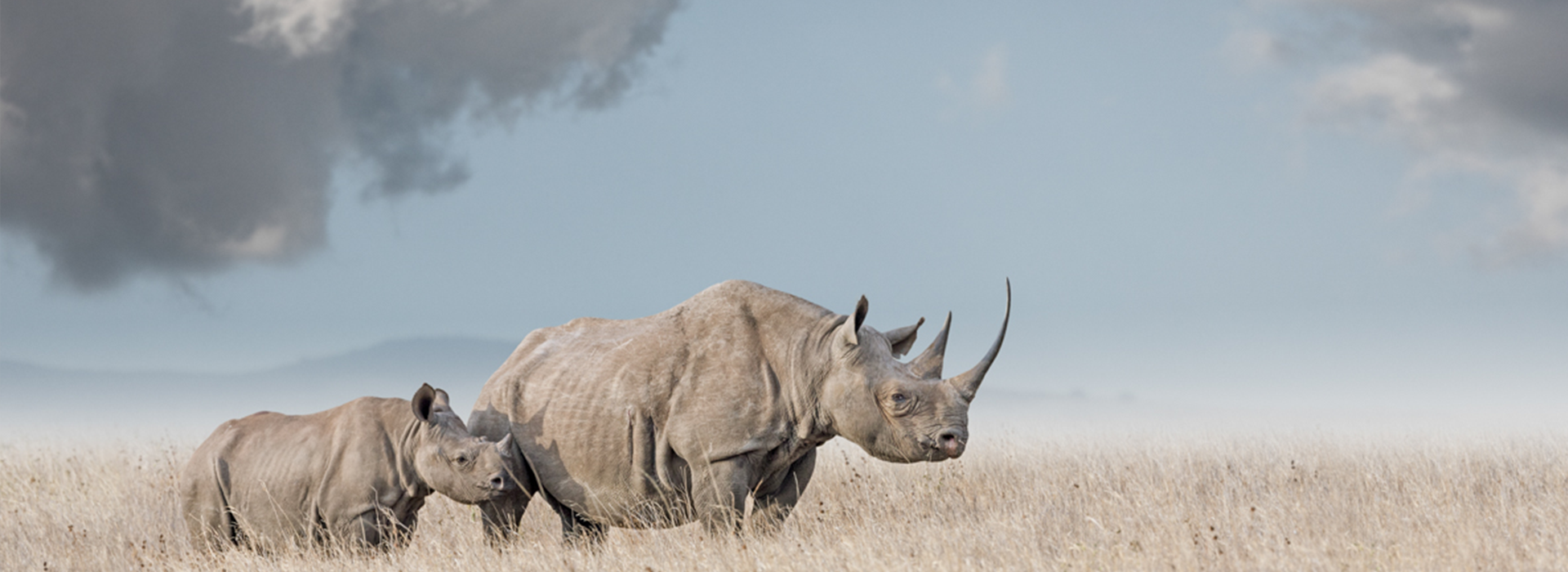Javan rhinoceros | Population, Habitat, & Facts

Scientific name
Rhinoceros sondaicus - The word “Rhinoceros” is gotten from the Greek word “rhino”, which means “nose” and “zeros”, which means “horn” while “sondaicus” is Latin referring to the Sunda islands in Indonesia, “Sunda” meaning “Java.”
Common name
Javan rhinoceros or Asian lesser one-horned rhinoceros because of their smaller size compared to other rhinos.
Population
76 presently- The number has however been hiking up in the past few years this will enable the species to breed better and not go into extinction.
Location and habitat

The Javan rhino exists in a single population in Ujung Kulon peninsular, western Java, Indonesia.
They reside in the tropical and Subtropical Moist Broadleaf Forests The Javan rhino, also known as the lesser one-horned rhino, is the rarest large mammal on earth.
There are about 70 of them left in the world. All of which are in the Ujung Kulon National Park in Indonesia, making the species even more vulnerable to extinction.
BIOLOGY
The Javan Rhino is more browser and table feeder than other rhino species: in the tropical rainforest where the species now survives, it is a pure browser, but it possibly was a mixed feeder (both browse and grass) in other parts of its historic range. Biologists have identified more than 300 different species that comprise their diet.
Life span

Longevity is unknown, but Javan rhinos probably live 40 years.
Gestation is unknown but is presumed to be approximately 15-16 months, as in other rhinos. Interbirth intervals are unknown, but mothers probably give birth to one calf approximately every 2-3 years.
Javan rhinos are solitary.
Females do not appear to have prominent horns.
Physical Description
The Javan rhino can reach up to 4m in length and 1.7m in height; they also weigh as much as 2.3 tonnes. There are two folds in the skin circling the body behind the front legs and before the hind legs, and horizontal folds at the base of the legs. The neck folds are less massive than in the greater one-horned rhino, but two folds continue over the back of the neck, forming a characteristic “saddle” on the neck-shoulder. The skin is covered with a mosaic pattern, giving a scale-like appearance.
Horn
Javan rhinos possess a single horn 10 in (25 cm) long, at least in males; while the females have a smaller horn or no horn at all.
The females, in Ujung Kulon, have no horns or just have a small knob on the nose. The longest horn ever recorded is only about 27 cm long and is now in the British Museum in London. Rhino horn has the same horn structure as the hooves of horses and re-grows if broken off. It is not used for fighting, but for scraping mud from the sides of wallows, pulling down food plants, and eating the head and nose when breaking through dense vegetation.
Lip
Their upper lip is pointed and can be used to grasp food and bring it to the mouth.
Teeth
Like all other Asian rhinos, the Javan rhinos have long, sharp, dagger-shaped lower incisor teeth. These are used in fighting rather than the horns and can inflict deep lasting wounds. They also have two rows of 6 strong, broad, and low-crowned molars on each side. The ridges of enamel on these teeth are used to cut up the woody parts of their food into characteristic 1-2 cm long pieces. Over the years the teeth wear down by several centimeters to become shallow and dish-like making it difficult for older rhinos to break down their food.
Senses
Javan rhinos have a good sense of smell and hearing they are however shortsighted Distinctive characteristics: Javan rhinos have long pointed upper lips, which assist in grasping their food.
Sociability

Javan rhinos are usually solitary, except for females with small calves, or during courtship. Occasionally young animals may form pairs or small groups for some time.
For these reasons, the average lifespan is unknown, but it is probably between 30-40 years. It is also assumed - based on the biology of the greater one-horned rhino - that females become sexually mature at 5-6 years and males at 10 years.
The mating season occurs roughly around July to November, but the gestation period is unknown, although it is probably around 16 months - similar to the greater one-horned rhino.
The Javan rhino is solitary, except when pairs form for mating and when mothers tend their young.
Diet
In the tropical rainforest where the species now survives, it is a pure browser, but it was possibly a mixed feeder (both browse and grass) in other parts of its historic range.
How threatened are they?
The Javan rhinos were once spread across northeast India and Southeast Asia and were all lost due to poaching; now they are only in the confines of the Ujung Kulon National Park in Indonesia, which makes them very likely to go extinct. They are the most threatened of all the five rhino species, with only around 60 individuals that live only in Ujung Kulon National Park in Java, Indonesia.
Since there is only one surviving population, the species is extremely vulnerable to extinction, especially as they face several serious threats.
The small size of the Javan rhino population is also a cause for concern. Low genetic diversity could make it hard for the species to survive diseases or natural disasters, like earthquakes or volcanoes. The species are also extremely vulnerable to extinction for several reasons: catastrophes, habitat loss, diseases, poaching, and potential inbreeding.
Javan rhinos are found in one protected area in the world: The Ujung Kulon peninsular, western Java. The biology of the species is poorly understood, which makes its conservation more difficult. Efforts are being made to understand this dying Stevie and to reduce them. The re-establishment of Javan rhinos in areas where they've been exterminated and the rejuvenation of their habitat in these areas are vital components of the conservation strategy for this species.


